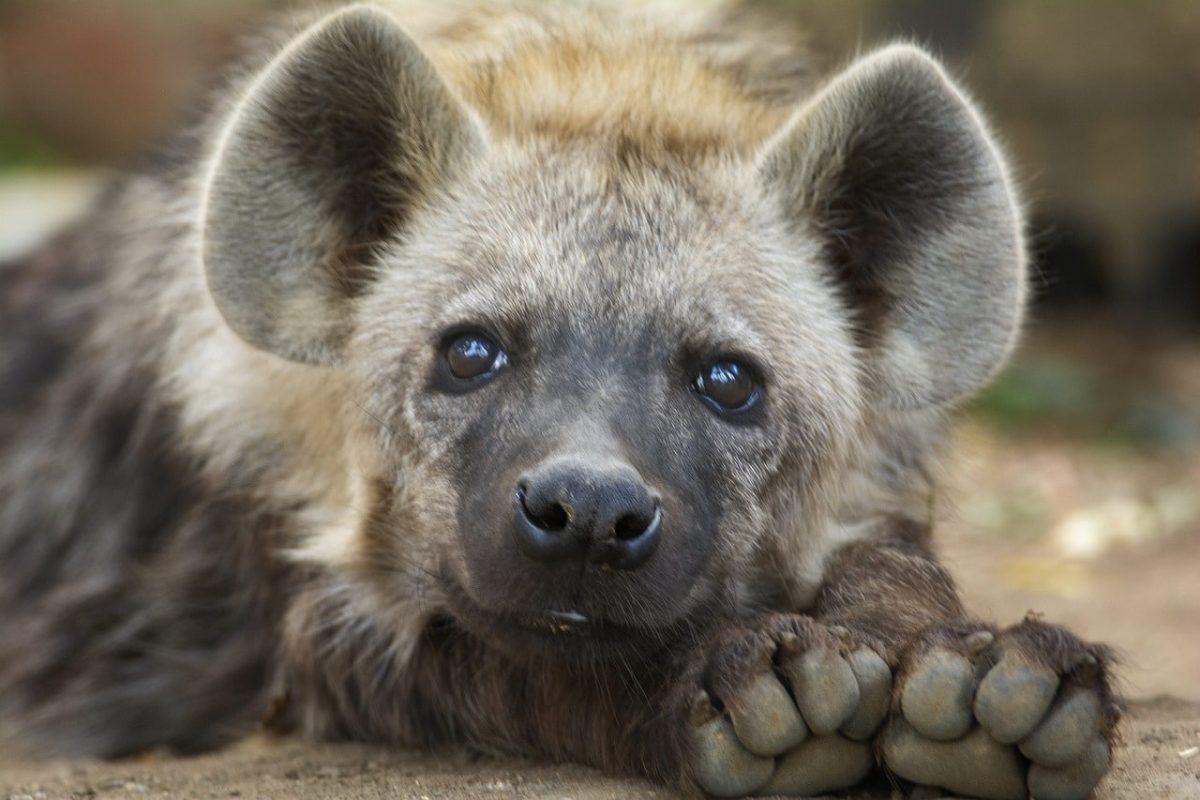
 Shutterstock
Shutterstock
The animal kingdom is full of astonishing creatures that have developed remarkable adaptations to survive without oxygen. These animals defy conventional biological rules, thriving in environments where most life forms would suffocate. Their ability to endure in such challenging conditions demonstrates how evolution can find creative solutions to extreme environments. These extraordinary creatures highlight nature’s ingenuity and resilience, offering us a glimpse into life’s incredible possibilities. They remind us that life can thrive in even the most hostile and seemingly uninhabitable surroundings.
Freshwater Shrimp
 Shutterstock
Shutterstock
Certain species of freshwater shrimp, such as Palaemonetes, are able to thrive in water with low oxygen levels. These shrimp have evolved specialized gills that allow them to absorb oxygen from oxygen-deprived environments, even in stagnant water. This adaptability to low-oxygen conditions allows them to survive in places where many other aquatic creatures would struggle, making them unique in the world of freshwater species.
Green Sea Turtle
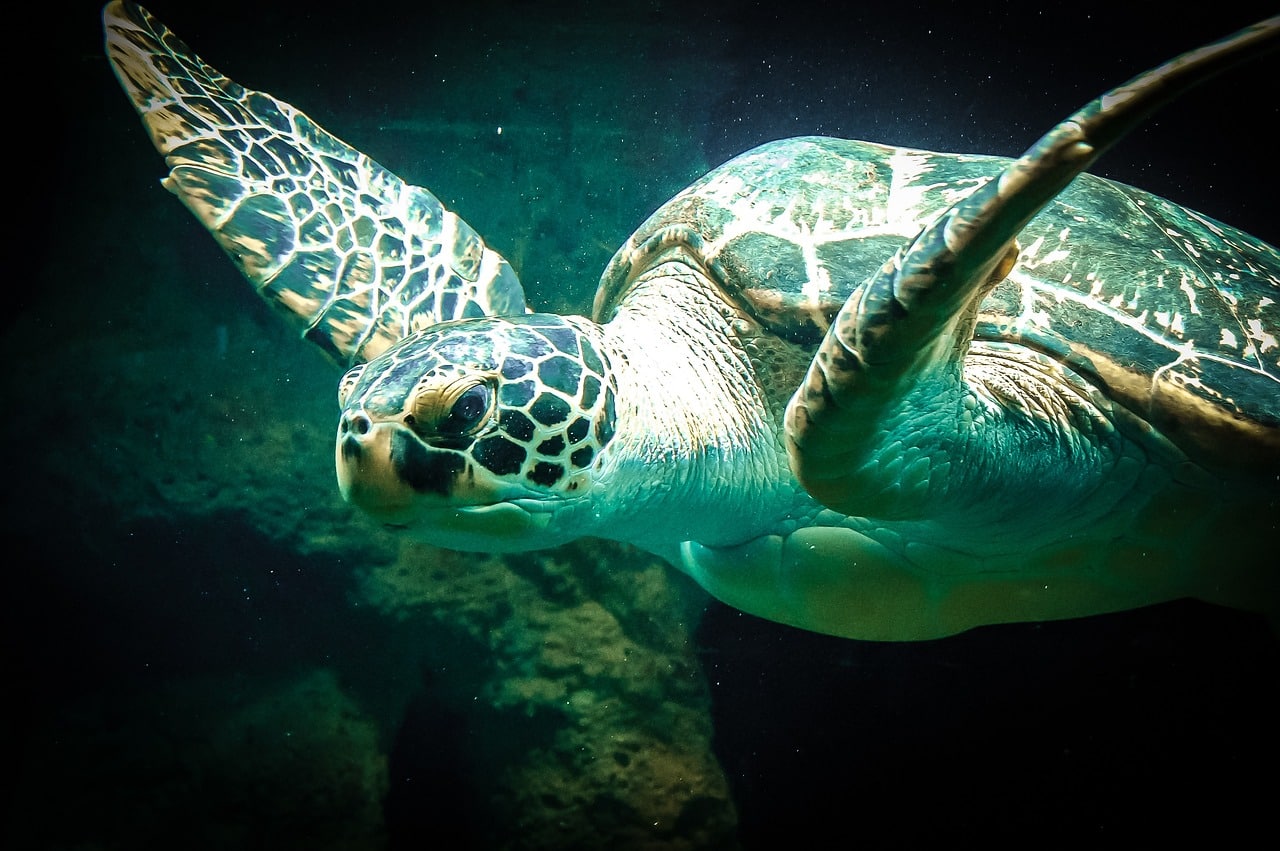 Shutterstock
Shutterstock
The green sea turtle is another species capable of surviving without oxygen for brief periods. These turtles have adapted to holding their breath for long durations while they dive deep underwater. By slowing their metabolism and utilizing their stored oxygen efficiently, they can stay submerged for hours, allowing them to avoid predators and search for food. This adaptation makes them highly resilient in low-oxygen underwater environments.
Earthworm
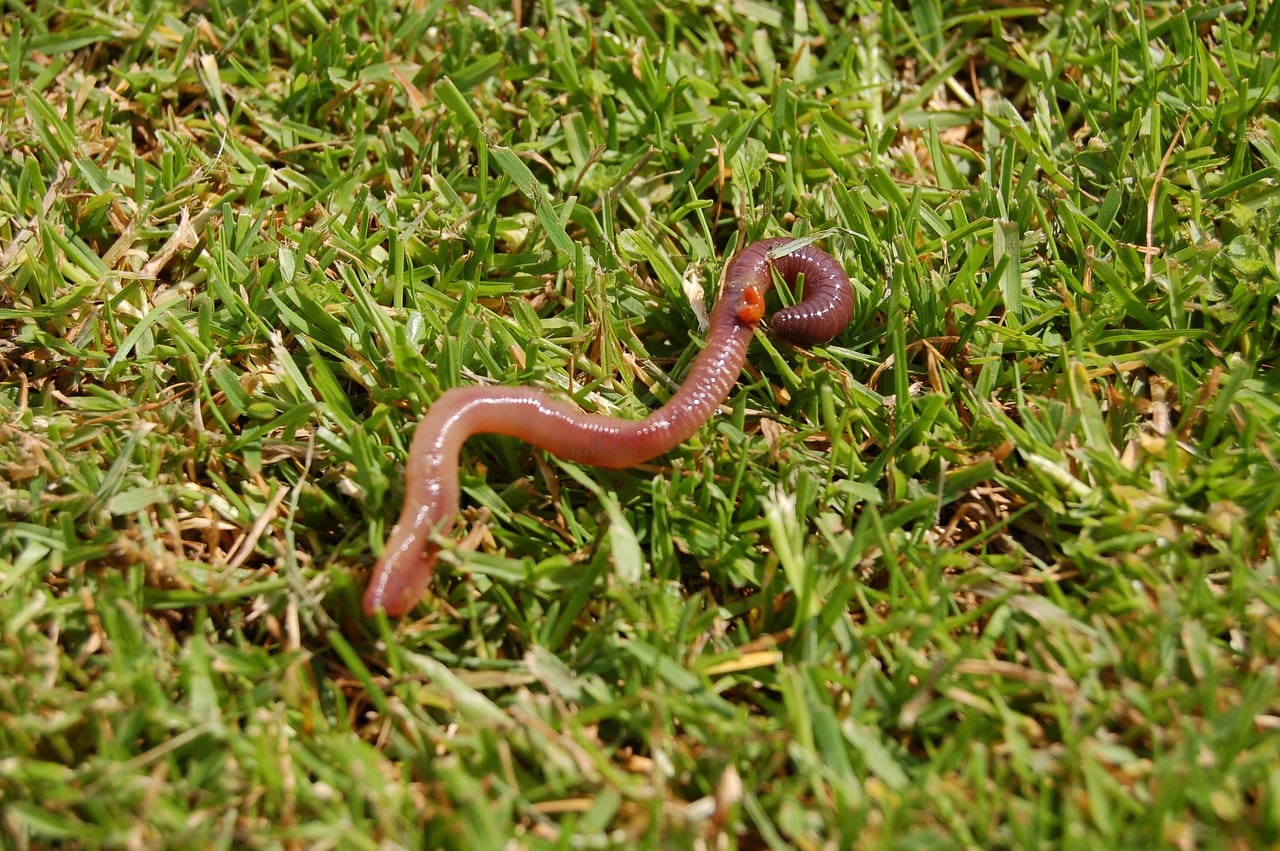 Shutterstock
Shutterstock
Earthworms are another example of creatures that can survive in low-oxygen environments. These worms extract oxygen through their skin and can survive in soil that is compacted or waterlogged, where oxygen levels are low. When buried deep underground or in areas with poor ventilation, earthworms can lower their metabolic rate to conserve energy and continue to survive without needing much oxygen. Their ability to adapt to these conditions makes them an essential part of the ecosystem.
Hyena
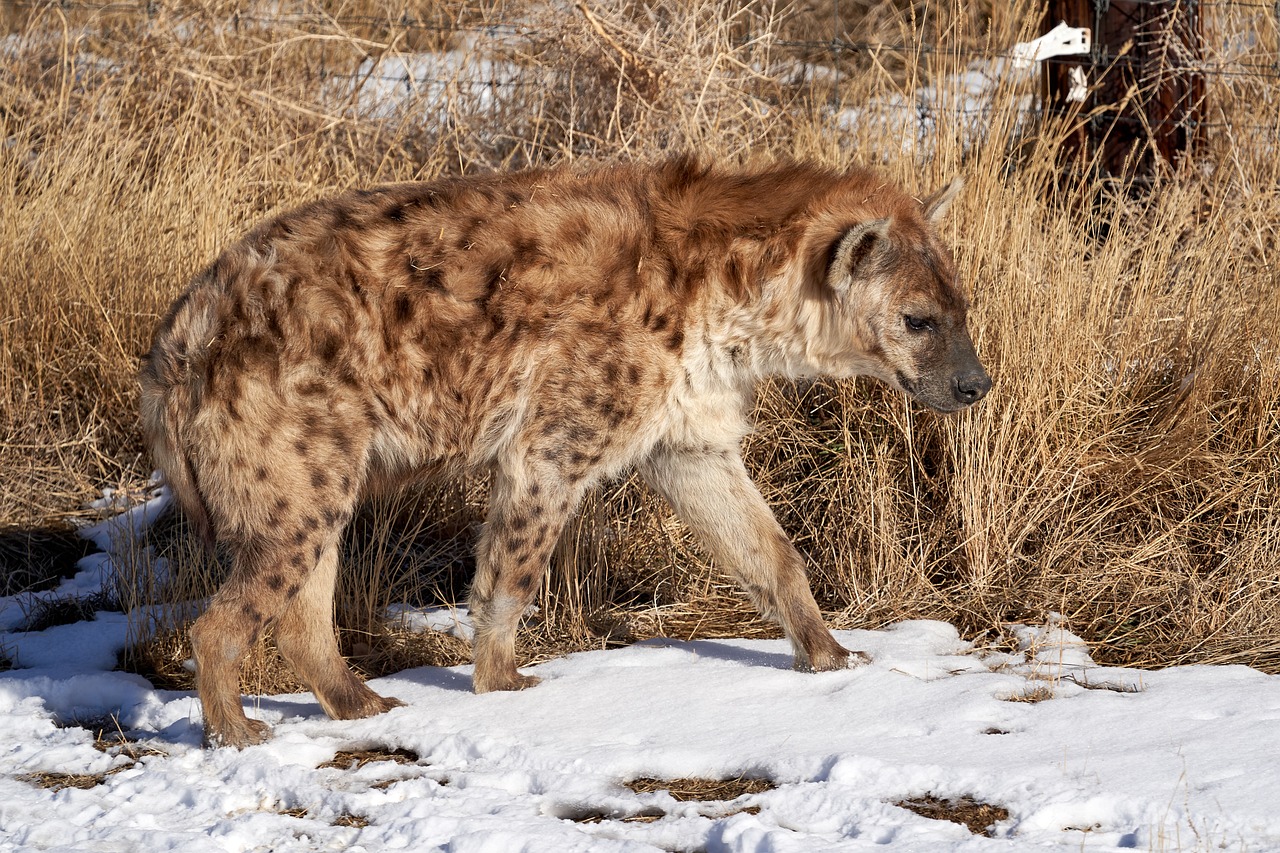 Shutterstock
Shutterstock
Hyenas are remarkable animals with the ability to survive in environments where oxygen levels are low, such as in decaying carcasses or the presence of bacteria. Their digestive systems have evolved to process food that would otherwise be unsuitable for most predators, such as carrion or decaying flesh. Hyenas rely on the anaerobic bacteria in their guts to help break down food in low-oxygen environments, making them well-suited for survival in oxygen-deprived conditions.
Mudskipper
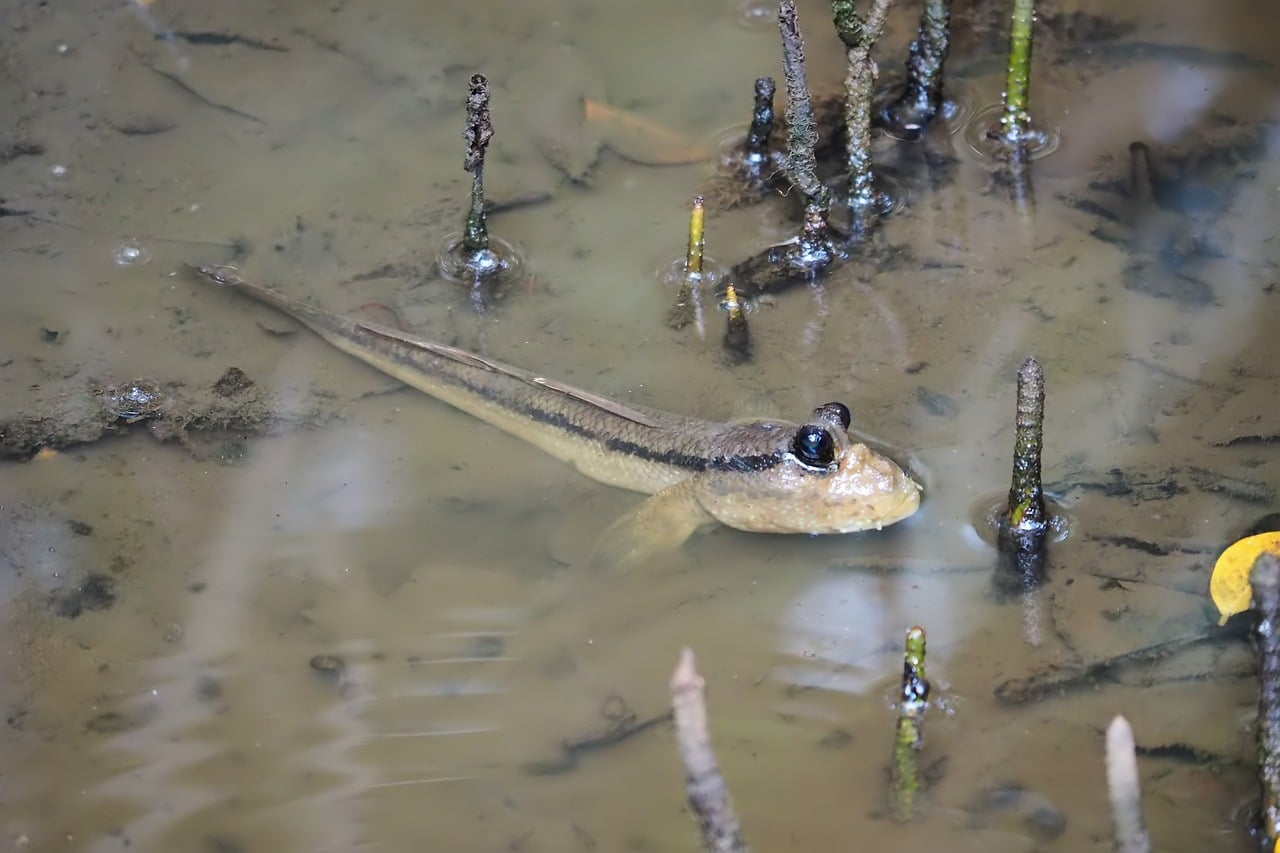 Shutterstock
Shutterstock
Mudskippers are fish that have evolved to live both on land and in oxygen-poor water. These amphibious creatures can breathe through their skin and the lining of their mouth, allowing them to extract oxygen from the air. Mudskippers can also extract oxygen from the mud they inhabit, making them capable of surviving in low-oxygen environments. Their ability to thrive in both aquatic and terrestrial environments is an impressive adaptation to the harsh conditions they face.
Spotted Salamanders
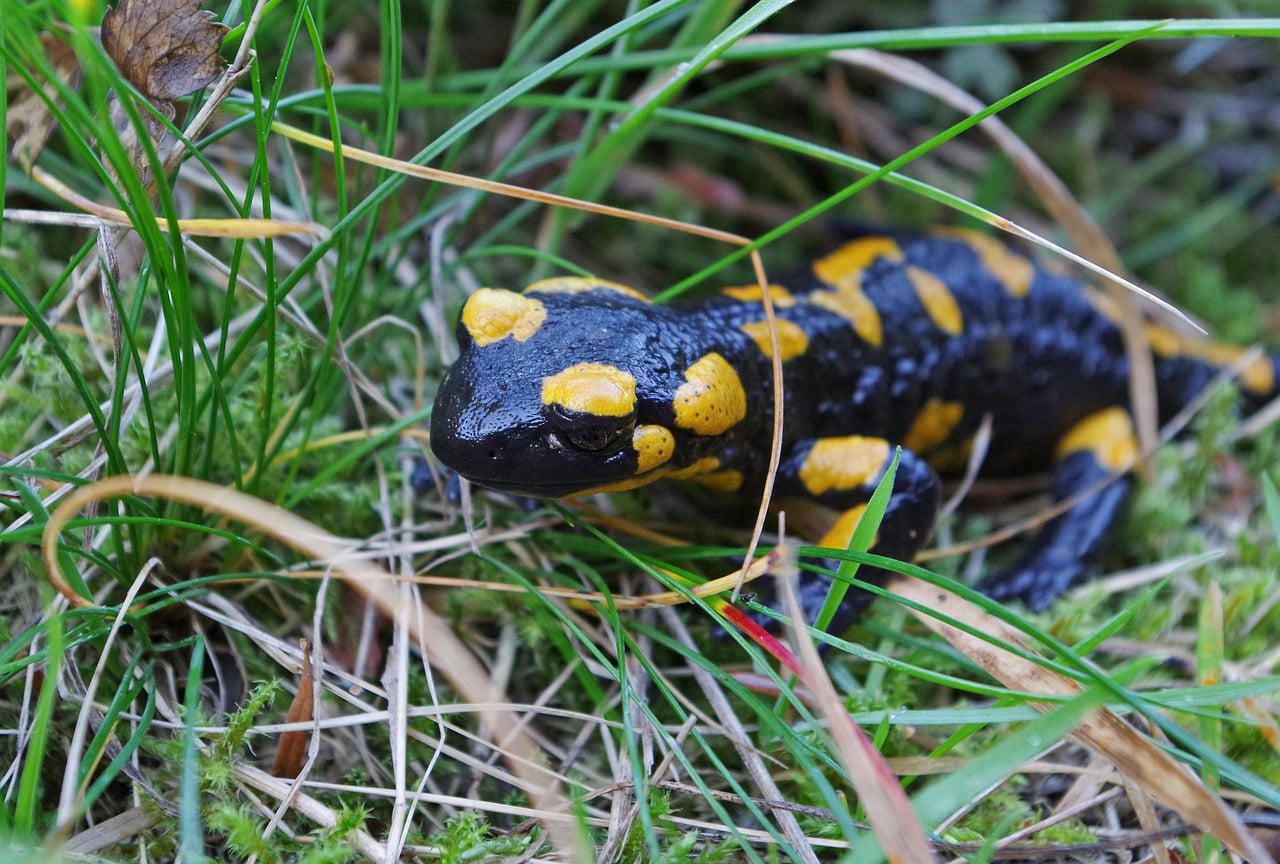 Shutterstock
Shutterstock
Spotted salamanders can survive in oxygen-deprived environments, such as the muddy, stagnant pools where they lay their eggs. They achieve this by entering a state of dormancy, during which their metabolic rate slows dramatically, allowing them to go without oxygen for long periods. In their dormant state, their body uses stored energy, allowing them to endure conditions that would otherwise be deadly. This adaptation allows them to thrive in waterlogged habitats where oxygen levels fluctuate or are low.
Red-Eyed Tree Frog
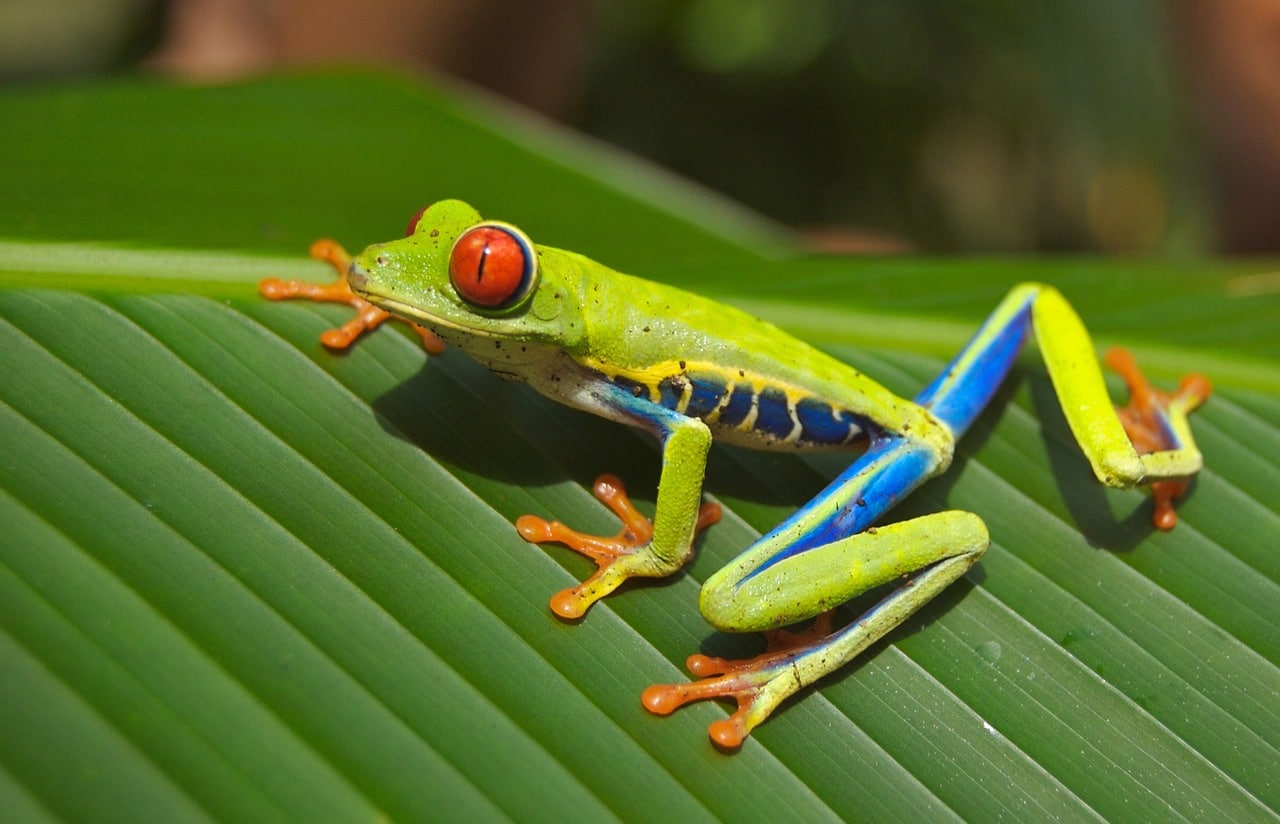 Shutterstock
Shutterstock
The red-eyed tree frog is well-adapted to life in swampy environments where oxygen levels can fluctuate. These frogs are nocturnal and rely on a slow metabolic rate and specialized skin to extract oxygen when it is scarce. In waterlogged environments with low oxygen levels, the red-eyed tree frog can survive by slowing its metabolism and conserving energy. Their ability to live in such conditions makes them a fascinating example of amphibian adaptability.
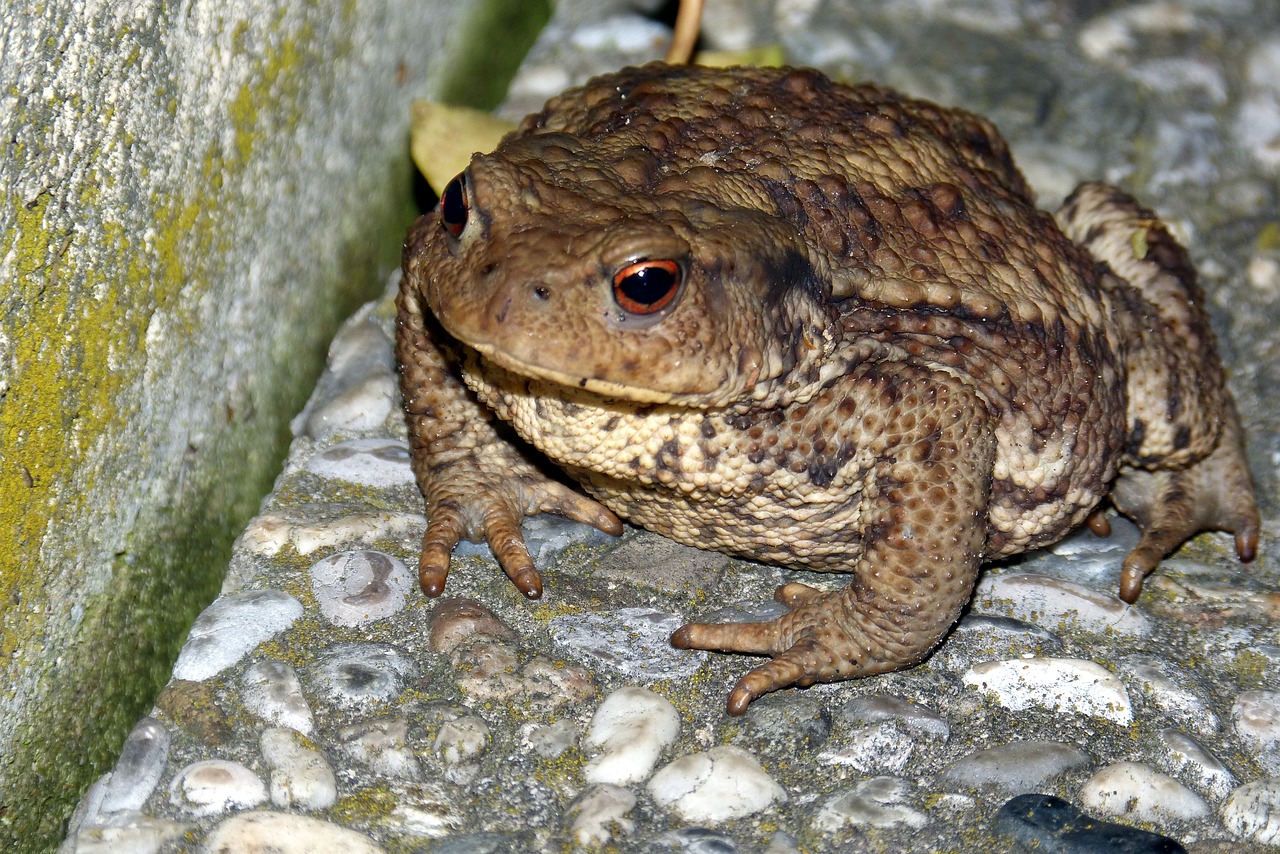 Shutterstock
Shutterstock
The spadefoot toad can survive in low-oxygen environments by entering a state of dormancy. During dry seasons or when oxygen levels are low, the toad buries itself in the soil, where it can survive without oxygen for extended periods. By lowering its metabolic rate and utilizing stored energy, the spadefoot toad can endure in oxygen-deprived conditions. This survival strategy helps the toad cope with harsh environmental conditions, making it one of nature’s most resilient creatures.
Mung Bean Weevils
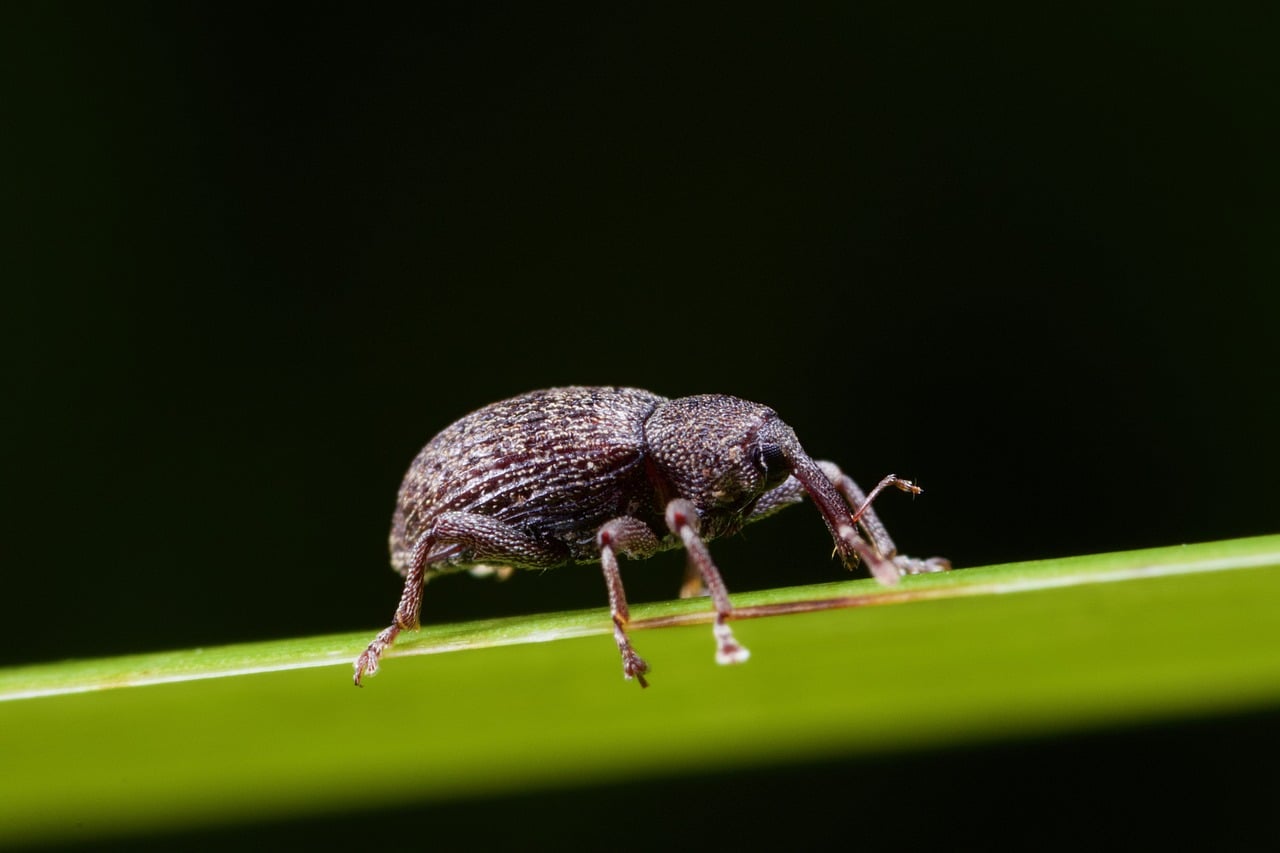 Shutterstock
Shutterstock
The mung bean weevil, a tiny insect found in Asia, has developed the remarkable ability to survive in oxygen-deprived environments like sealed containers. These weevils can tolerate low-oxygen conditions by entering a state of anaerobic respiration, allowing them to survive without oxygen for extended periods. This adaptation has made them a challenging pest for agricultural industries, as they can thrive in storage bins where oxygen levels are limited. Their survival strategy is an example of nature’s ability to adapt even in the most confined spaces.
The Oxygen-Free Party Animals
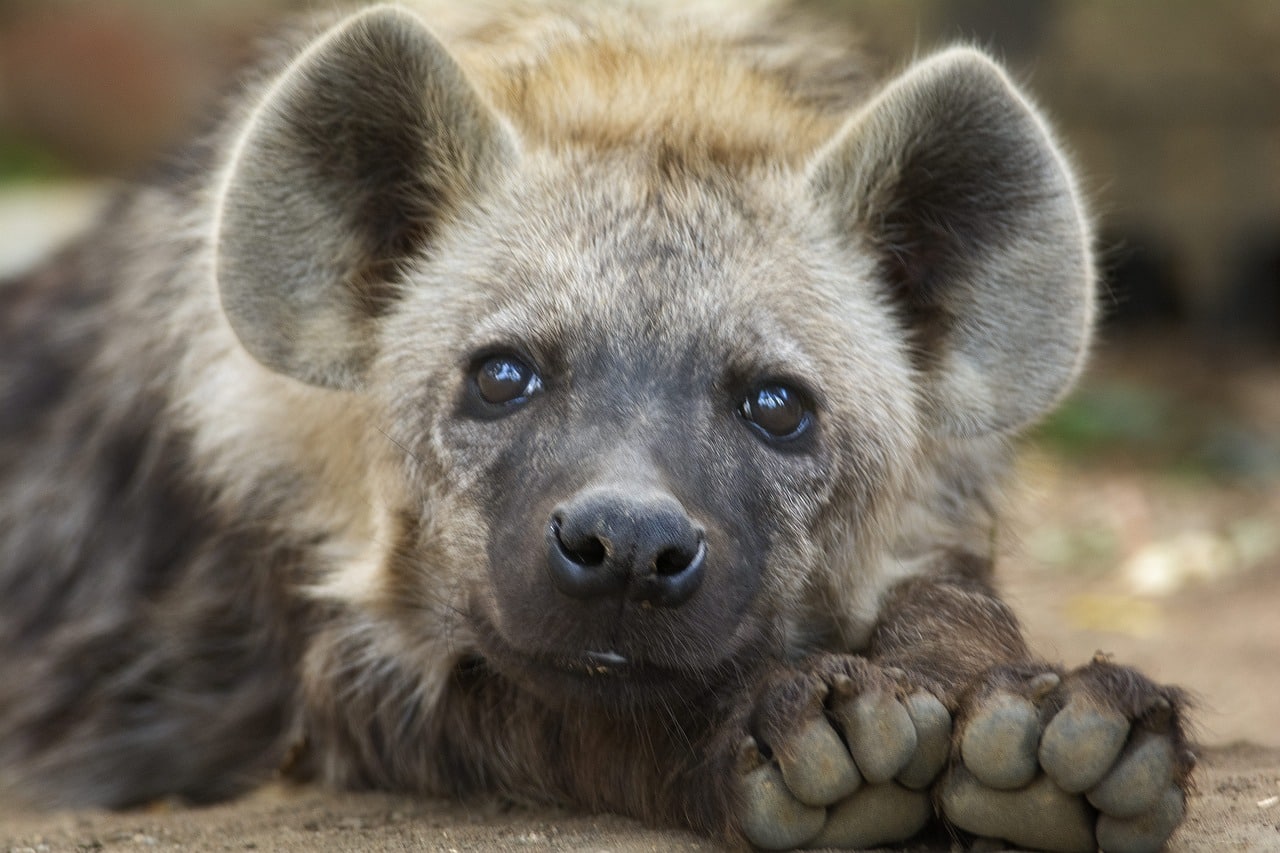 Shutterstock
Shutterstock
The wild world of animals that thrive without oxygen is truly astonishing. These creatures defy the limits of biology, surviving in environments that would be deadly for most other organisms. Their ability to adapt and endure without oxygen reveals nature’s incredible creativity. These animals showcase the immense resilience of life on Earth, offering us a glimpse into the endless possibilities of survival. Their extraordinary survival strategies make us rethink what is possible, highlighting the adaptability and resourcefulness of life in the most extreme conditions.

